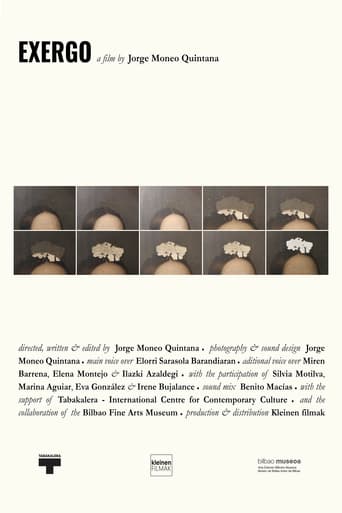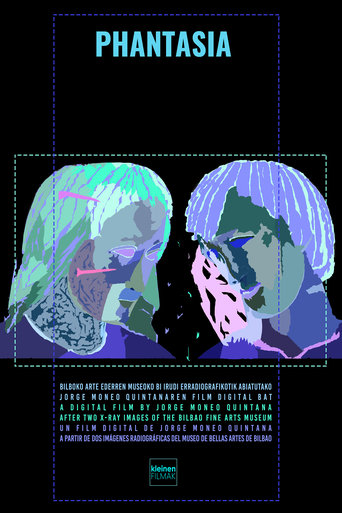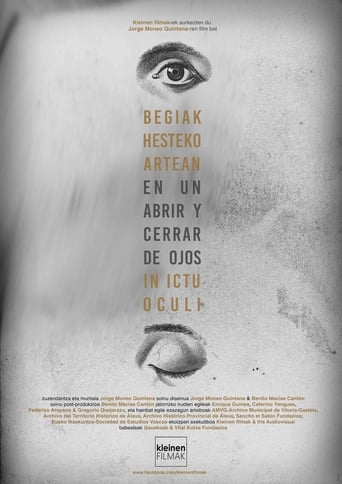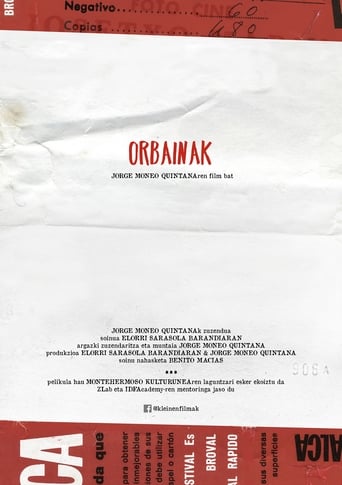Exergo 2024
A young woman who has just started a job at an art museum writes an email to a friend she lived with until recently. The other woman, also young, works as an artist and has just moved to a new city. A narrator reads this email, but we don't know which of the two women the voice belongs to, whether to the sender or to the receiver of the message. Neither are we aware of the details of this relationship; but what we do know is that, in addition to their interest in art, they share a concern for the difficulties of carrying out their personal and professional lives in the present. By focusing on the peripheral or hidden details of some paintings in the Bilbao Fine Arts Museum, this narrator relates several stories linked to the social, economic and psychological conditions of the artists, both past and present.



